 Shutterstock
Shutterstock
As America shifted from rotary phones to smartphones, from drive-ins to streaming, and from milkmen to drone deliveries, some things remained steadfast—like the steady gaze of a family dog. These loyal companions sat silently beside radio cabinets during fireside chats, lay under kitchen tables during civil rights debates, and curled up next to the couch as the world watched history unfold on TV. They bore witness, generation after generation, with quiet loyalty and more wisdom than they’re often credited for.
Labrador Retriever
 Shutterstock
Shutterstock
Labradors evolved alongside the American family—from rural farms to suburban cul-de-sacs and high-rise apartments. They were there as school integration unfolded, Vietnam draft letters were delivered, and microwaves began appearing in kitchens. Their calming presence gave solace during stressful times, and their boundless joy reminded families that some things—like a good belly rub—were still reliable. Labs didn’t care who you voted for; they just wanted to sit beside you while you processed it. In a fast-changing America, they were the furry constant.
German Shepherd
 Shutterstock
Shutterstock
German Shepherds watched the 20th century unfold like trained sentinels, always alert, always loyal. They worked with law enforcement during social unrest, served in wartime, and protected homes during cultural shifts and city expansions. Their intelligence and intuition made them attuned to emotional undercurrents, even when no one spoke. Whether lying at the foot of the bed during a late-night news broadcast or walking beside returning veterans, they absorbed it all with quiet strength. They didn’t just guard the house—they guarded the mood of a nation.
Beagle
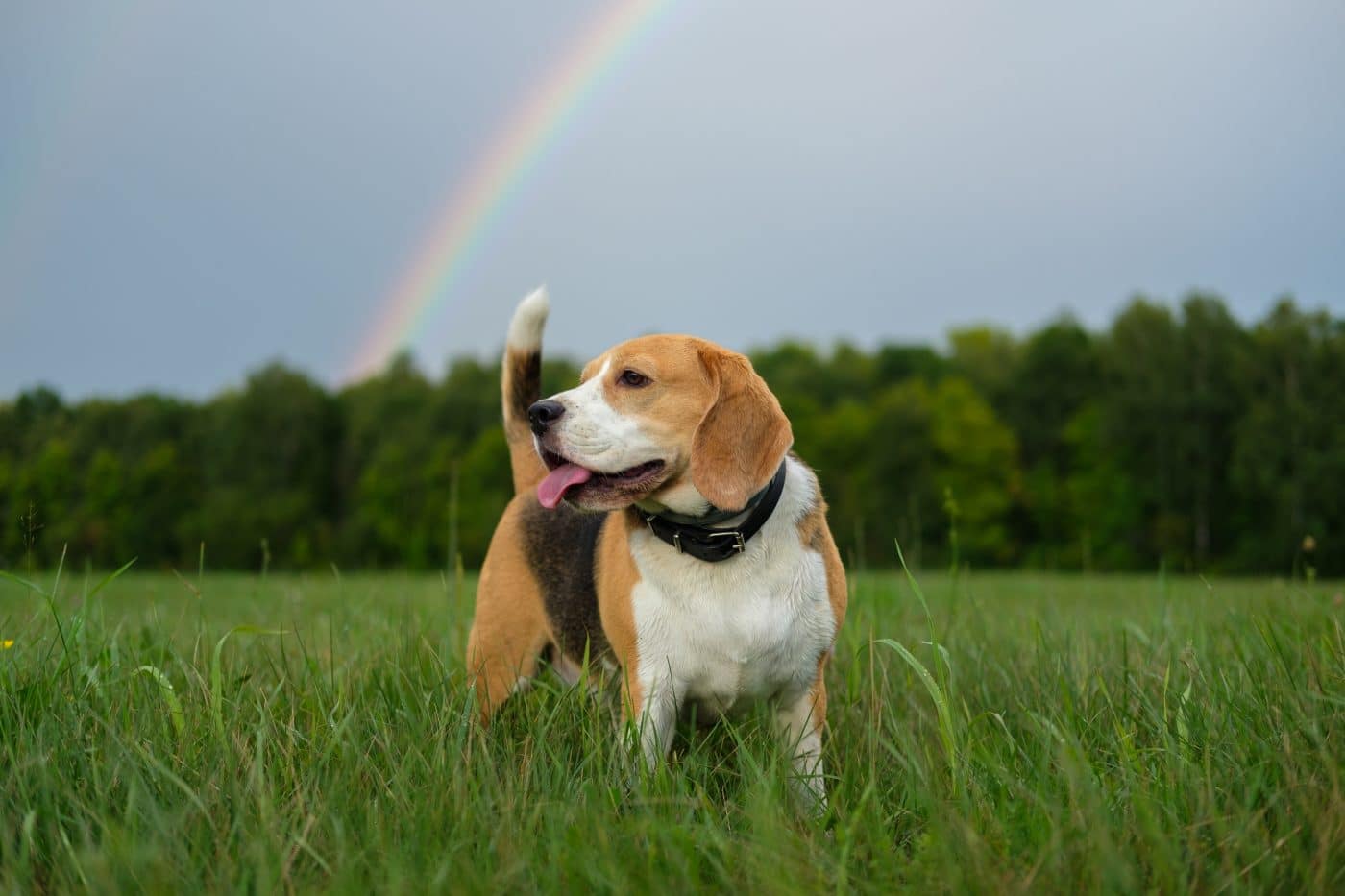 Shutterstock
Shutterstock
Beagles may not have grasped the magnitude of political protests or televised moon landings, but they were right there in the living room when it happened. As televisions flickered in black and white, Beagles wagged tails under coffee tables, occasionally barking at Walter Cronkite’s voice. They were family dogs first and foremost, nosing around during heated dinner conversations about Watergate or disco. They listened, comforted, and never picked sides—except maybe for whoever had the food. Their cheerful presence provided balance during decades when America was anything but simple.
Golden Retriever
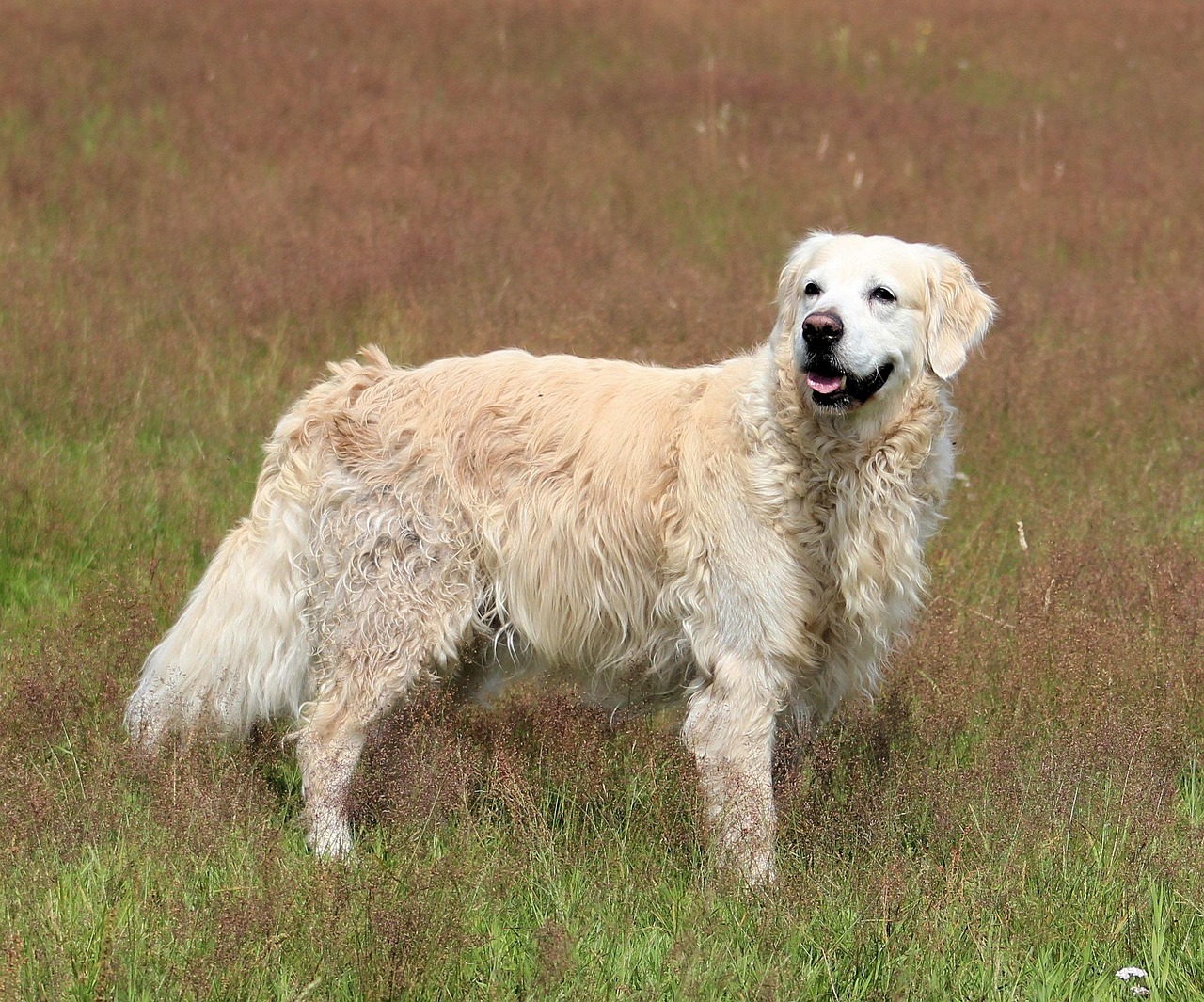 Shutterstock
Shutterstock
Golden Retrievers were the peacekeepers of turbulent times. As Americans debated everything from wars to hairstyles, Goldens lay calmly on the shag carpet, occasionally nudging someone’s hand with a nose that said, “Take a breath.” They were therapy before therapy dogs became a thing—natural empaths wrapped in golden fur. When new technology overwhelmed or old ideals were questioned, Goldens were there to say quietly, “You’ve still got me.” They didn’t need to bark about it. Their loyalty spoke louder.
Collie
 Shutterstock
Shutterstock
From the days of black-and-white TV to the dawn of the internet, Collies stood watch with elegance and grace. The iconic Lassie wasn’t just a character—she symbolized moral clarity in murky times. Collies became trusted companions during the social upheavals of the ’60s and ’70s, always seeming to know who needed comfort most. While the world argued and policies shifted, Collies kept to their quiet routine, serving as soft reminders of family values, loyalty, and the importance of just being present.
Boston Terrier
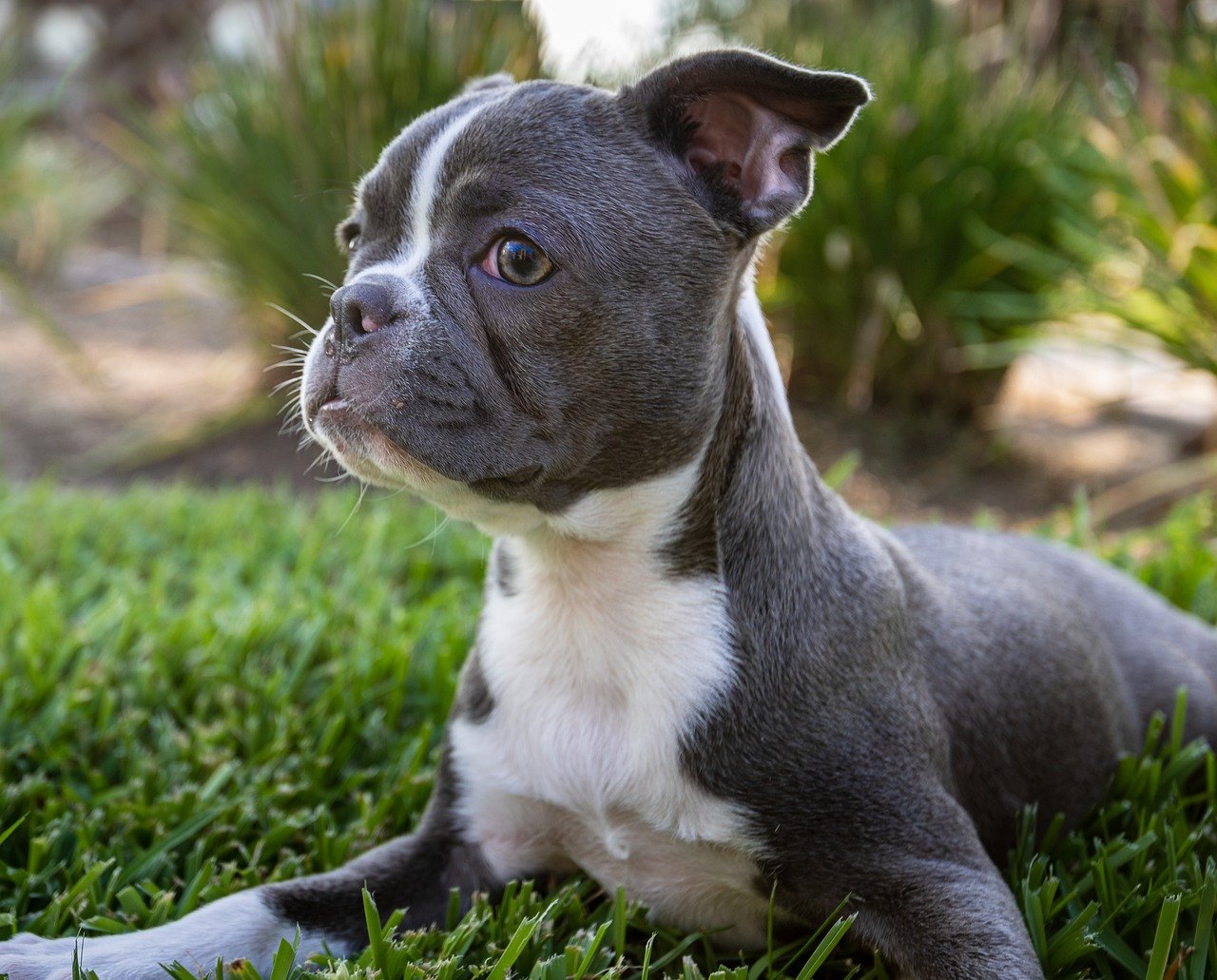 Shutterstock
Shutterstock
Boston Terriers were the compact co-pilots through all of America’s hiccups and revolutions. They observed the fall of payphones and the rise of boy bands from their perch on the windowsill. Their squished faces and snorting commentary brought comic relief to moments when the news was too heavy. While debates raged in kitchens and radios hummed through living rooms, Bostons stayed close, always tuned in to the human heart. They were the pint-sized peacekeepers in loafers and lap blankets.
Boxer
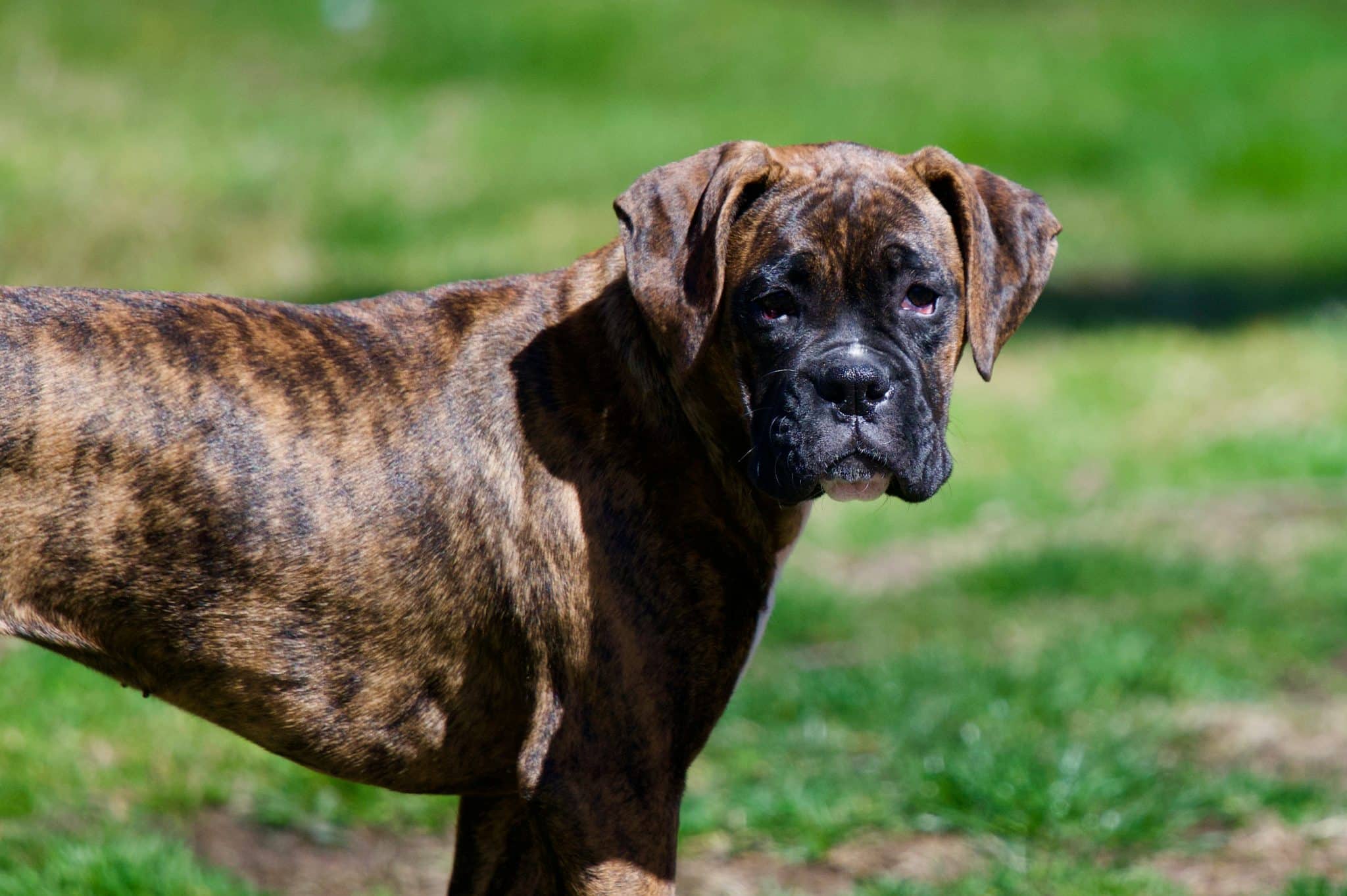 Shutterstock
Shutterstock
Boxers have always had a knack for reading the room. During tense times—whether it was the Cold War or cold leftovers—Boxers offered levity and loyalty in equal parts. They bounced through the eras like furry comedians, reminding families not to take everything so seriously while offering a shoulder (or a giant paw) when the seriousness set in. Their expressive faces seemed to say, “Yeah, the world’s a mess, but we’ve still got sticks to chase.” And that, honestly, helped more than we knew.
Dachshund
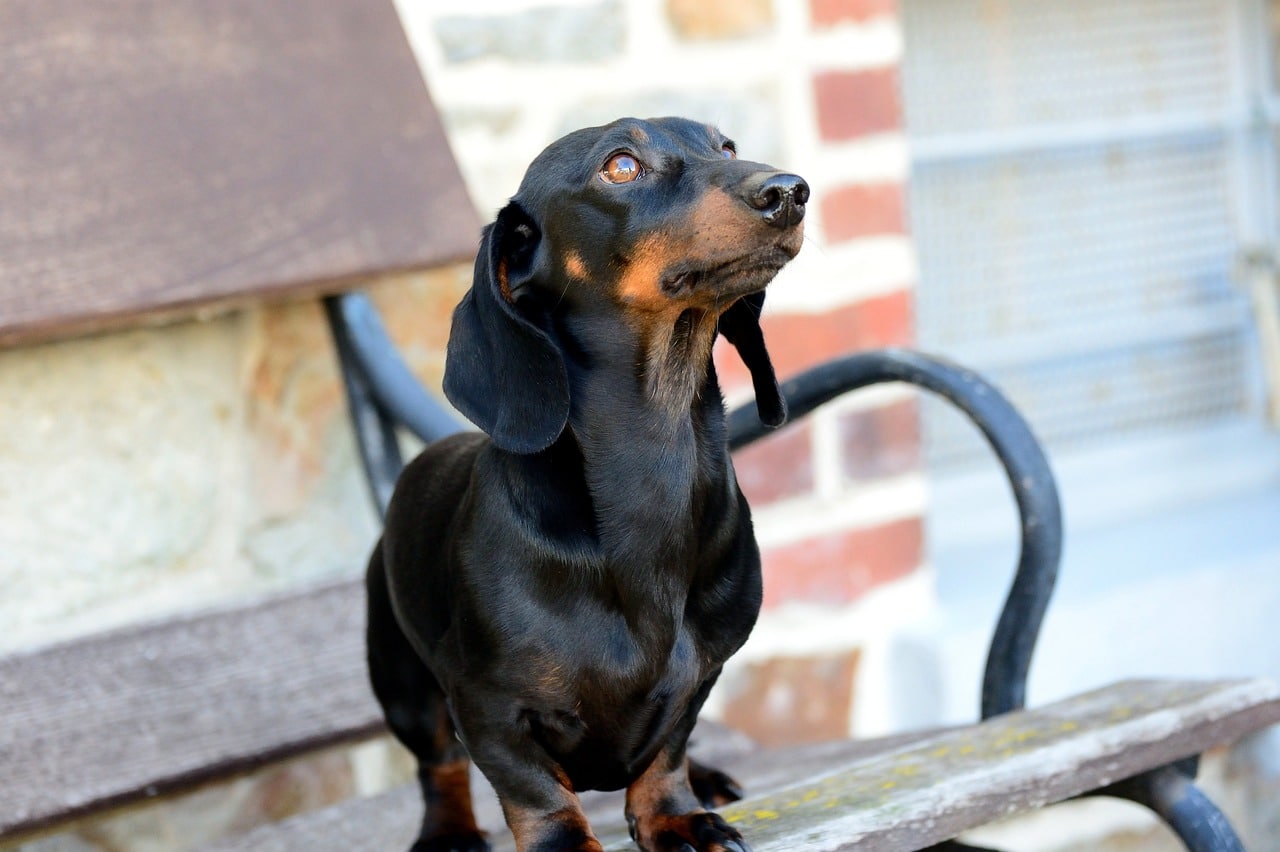 Shutterstock
Shutterstock
Dachshunds, small in stature but giant in presence, observed America’s shifting culture from the ground up—literally. They were part of kitchen-table discussions on everything from Woodstock to Walkmans, always nearby with a wag or a side-eye. As civil movements rose and fell, Dachshunds remained fiercely loyal, often adding a touch of stubborn humor to the household. They weren’t just witnesses; they were commentary—low to the ground but high in personality, sniffing out change with every step.
Saint Bernard
 Shutterstock
Shutterstock
Saint Bernards witnessed changing times with quiet dignity—and a little drool. As families expanded, contracted, and blended, Saint Bernards offered an unwavering presence that reminded everyone what unconditional love looked like. They didn’t rush to judge or react. They showed up, leaned in, and made space for grief, joy, and everything. Their size alone made them feel like mobile comfort furniture, and in uncertain eras, that mattered.
Poodle
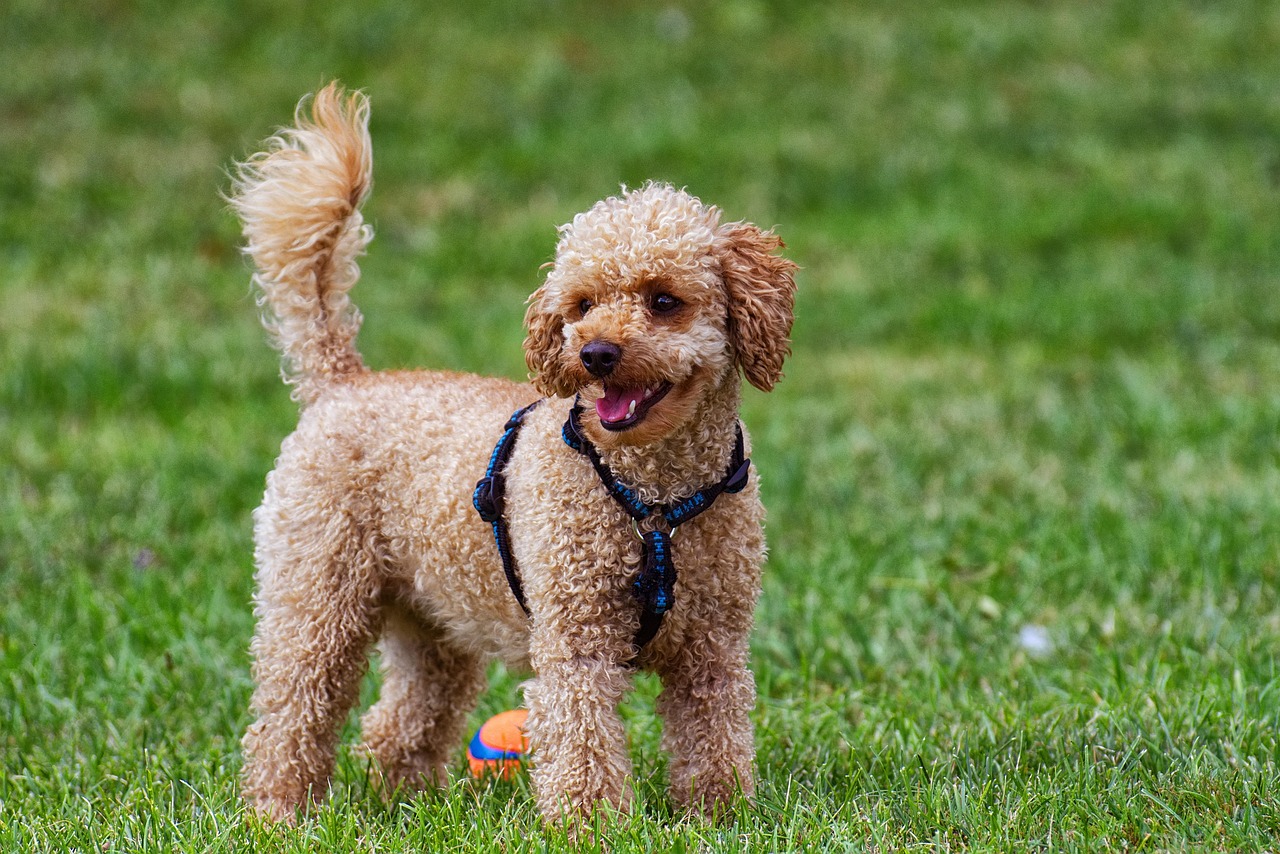 Shutterstock
Shutterstock
Poodles evolved from high-society icons to neighborhood staples along with America’s fashion and ideals. Whether parading down sidewalks in the ’50s or lounging next to desktop computers in the ’90s, Poodles adapted—and they did it with style. Beneath their chic exteriors was a brain always observing, learning, and silently judging humanity’s more questionable choices. While society wrestled with identity, Poodles kept strutting, quietly noting, “We’ve been evolving for centuries, darling. Keep up.”
Irish Setter
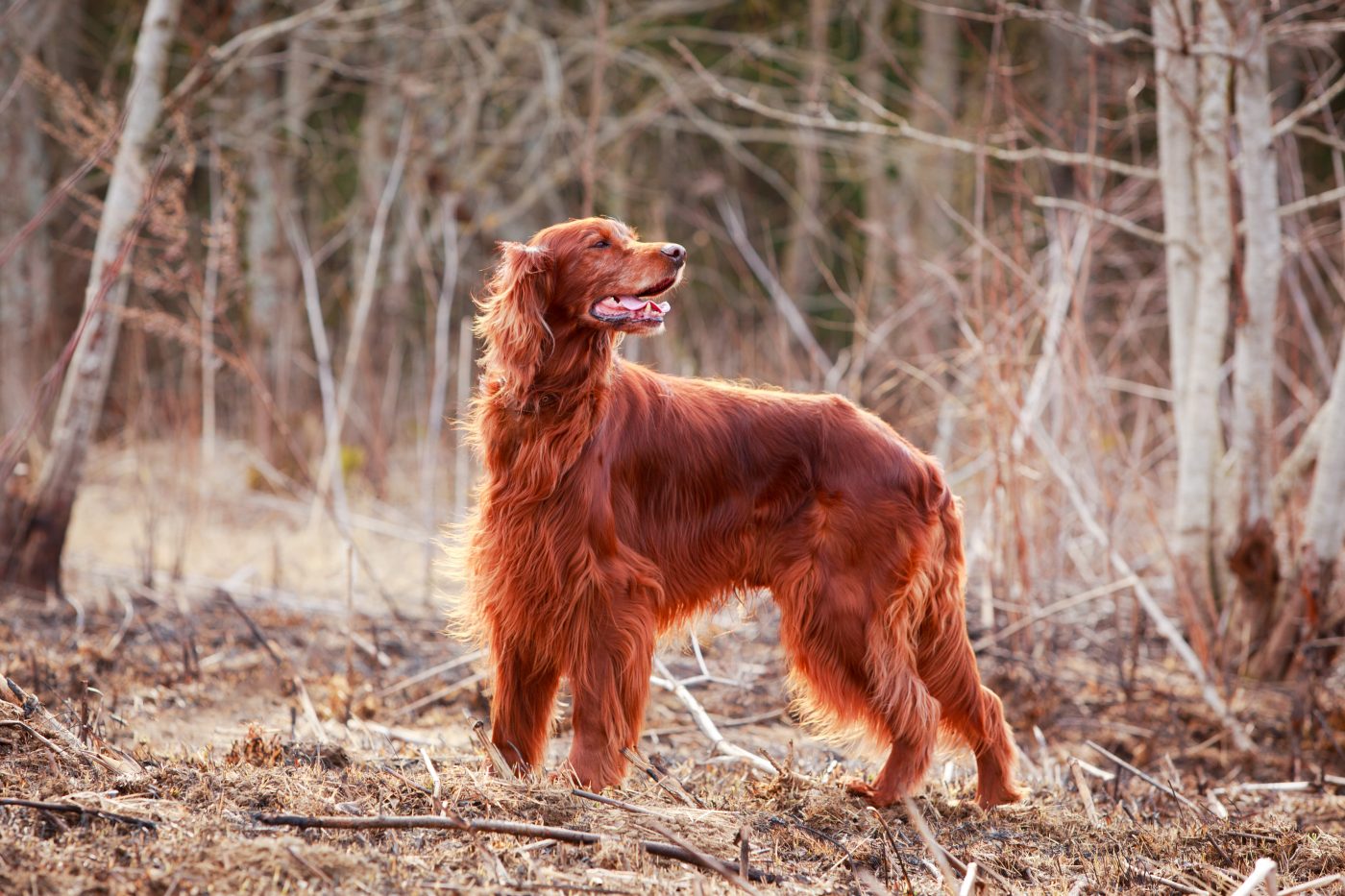 Shutterstock
Shutterstock
Irish Setters brought flair to changing landscapes. Their flashy red coats and energetic personalities made them standout characters in an evolving narrative of American family life. As traditional norms shifted and countercultures emerged, Setters dashed through it all with wagging tails and hearts full of love. They weren’t watchdogs—they were watch-with-you dogs, sharing quiet porch moments and chaotic backyard revolutions. They didn’t need a podium. They just needed a patch of grass and someone to chase.
Border Collie
 Shutterstock
Shutterstock
Border Collies spent decades watching humans try to organize themselves, quietly thinking, “I could do that better.” Known for their intelligence and focus, Border Collies were the silent strategists in homes adjusting to changing times. As families juggled new roles and expectations, these dogs remained laser-focused, herding emotions and family members back into line with nothing more than a nudge or stare. While America debated policy, Border Collies planned dinner… in their heads… three steps ahead.
English Setter
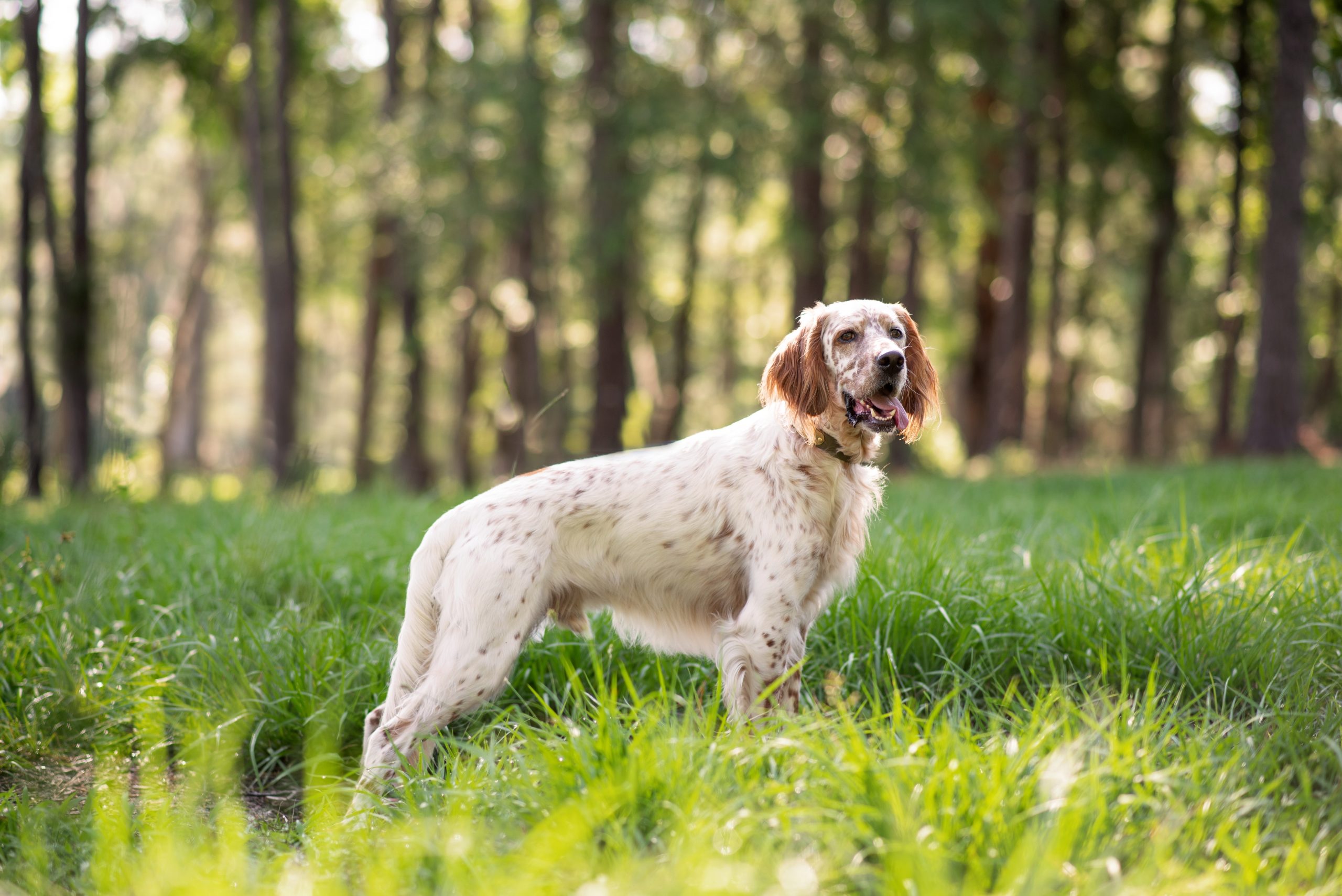 Shutterstock
Shutterstock
English Setters are calm souls who carried themselves through the decades with quiet pride and gentle hearts. As families moved from farmland to suburbs to high-rises, Setters remained steadfast friends who just wanted to be wherever the people were. They weren’t flashy but always there—resting near the radio, curled at the foot of the bed, or silently staring at a thunderstorm with you. When the world was loud, English Setters were the soft soundtrack.
The Dog Days Of Wisdom And Woof
 MidJourney
MidJourney
They may not have marched in protests, cast votes, or delivered powerful speeches, but these dogs quietly witnessed it all. From backseat debates over Elvis or the Beatles to silent tears shed during the nightly news, they were there—offering nothing but steady companionship. While the world shifted and people stumbled through change, these dogs remained unwavering. They didn’t take sides, but they offered sides to lean on. They weren’t political but deeply personal—bringing comfort, patience, and laughter when needed most and never asking for more than love.

 1 day ago
8
1 day ago
8
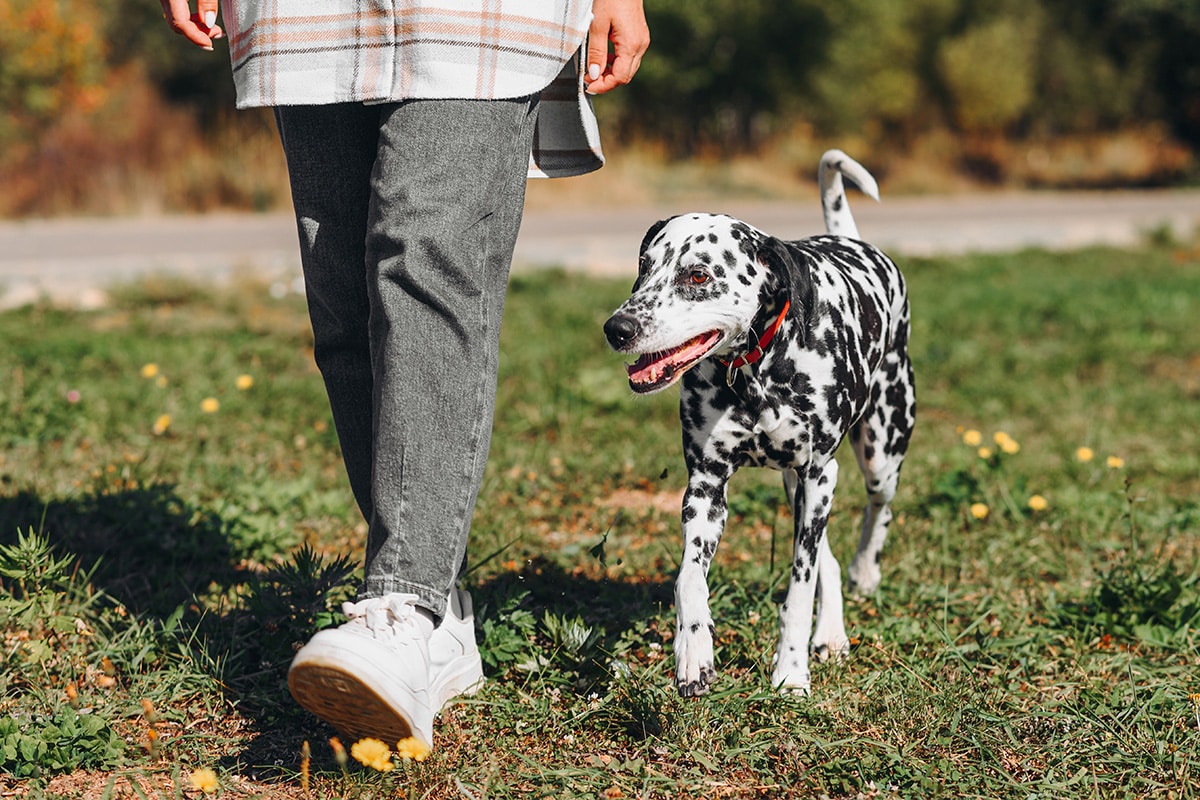

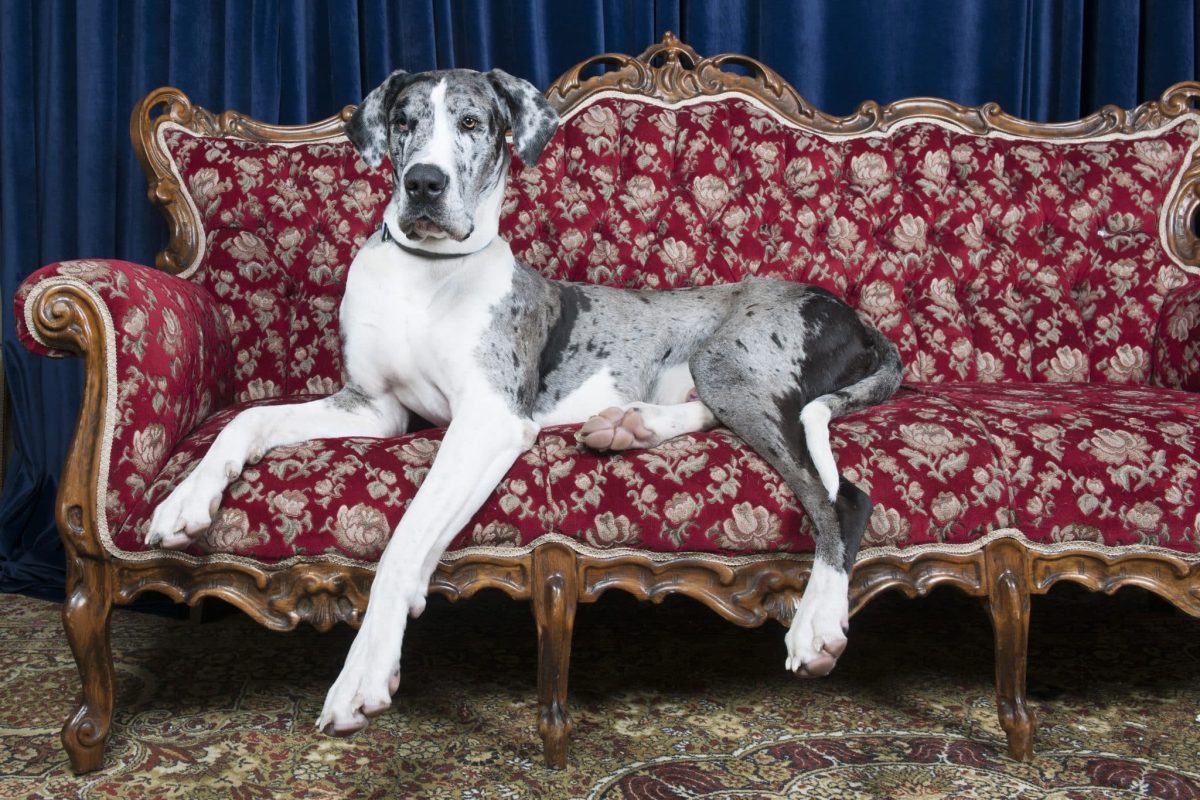

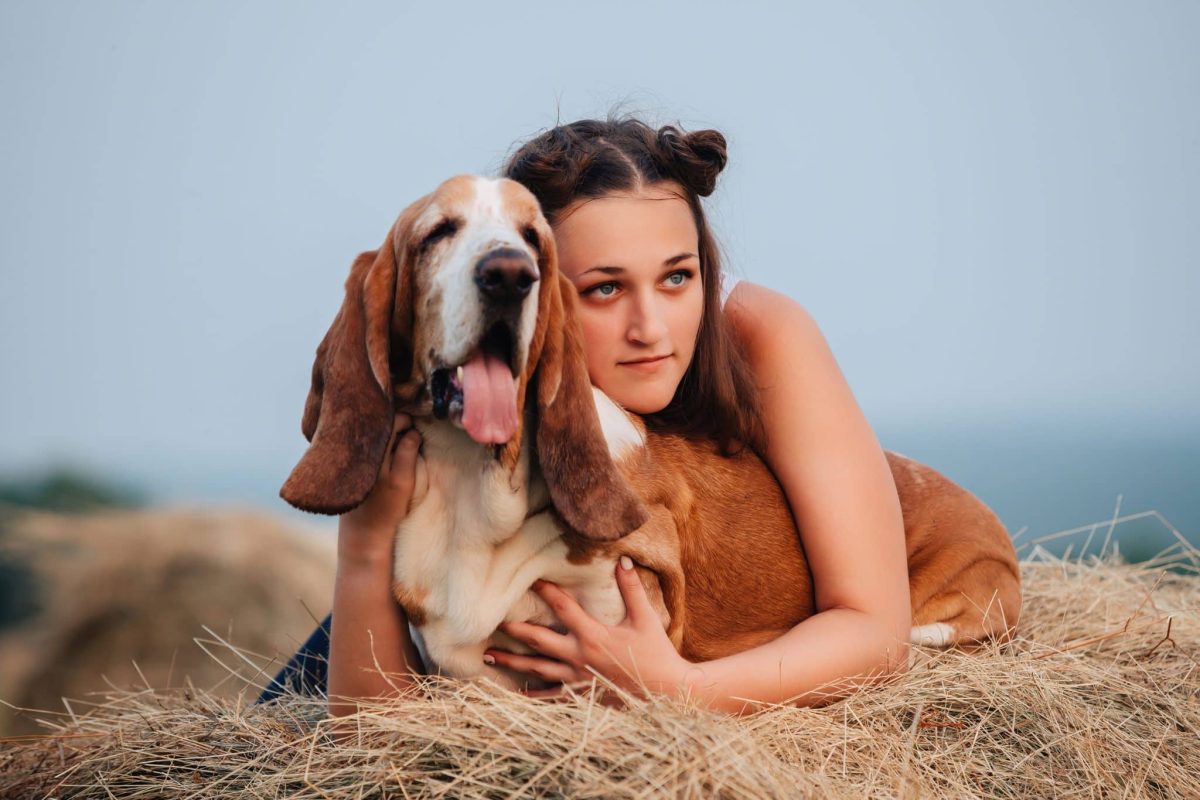



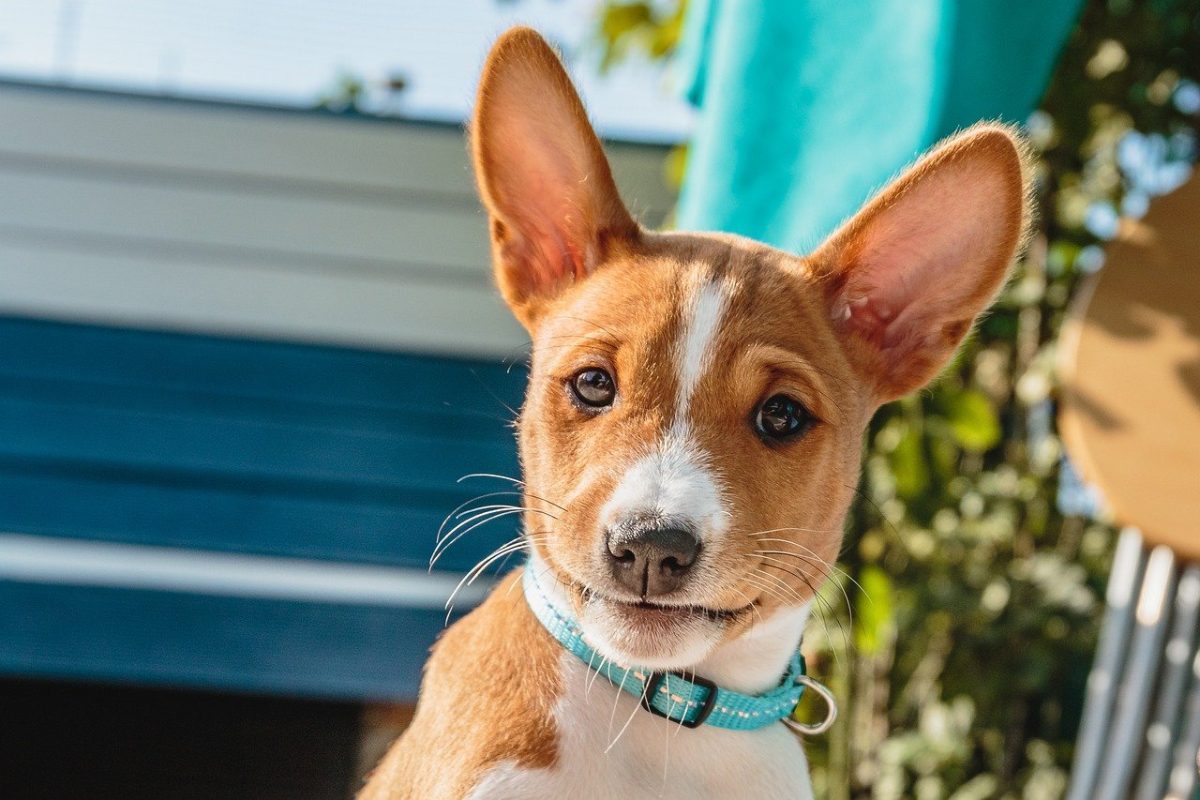



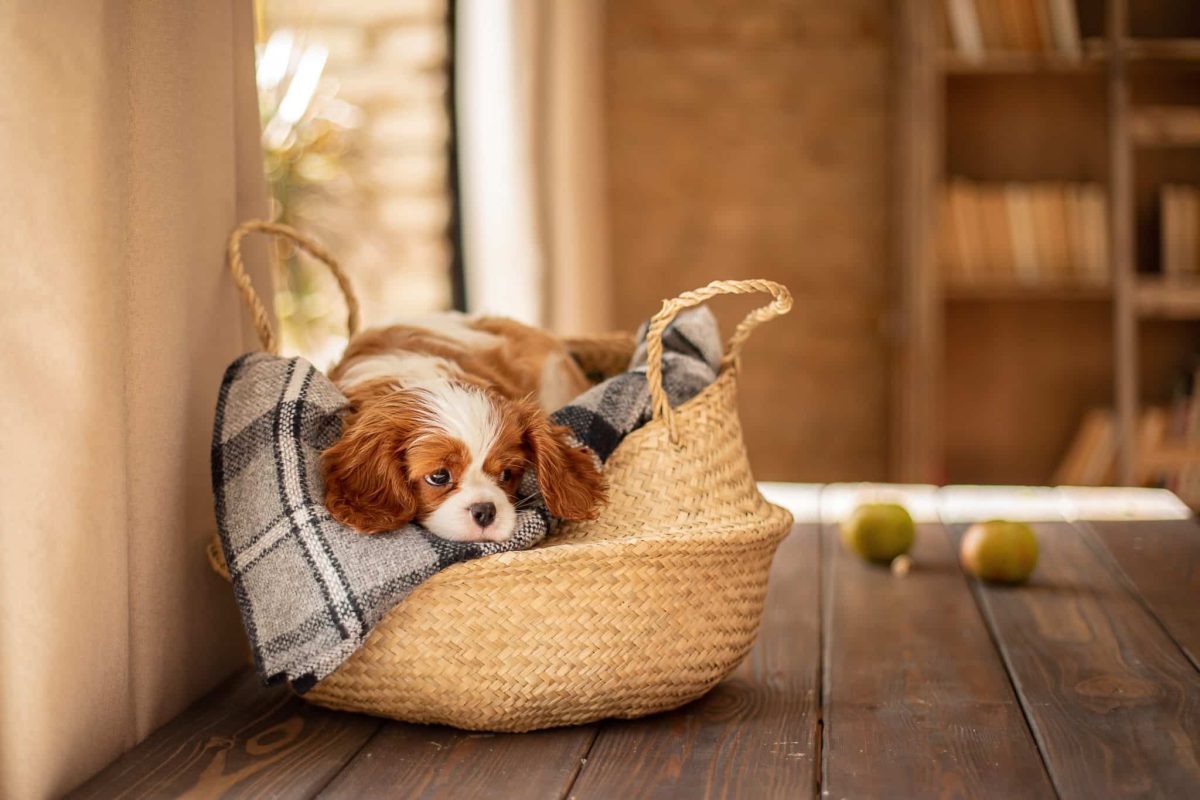


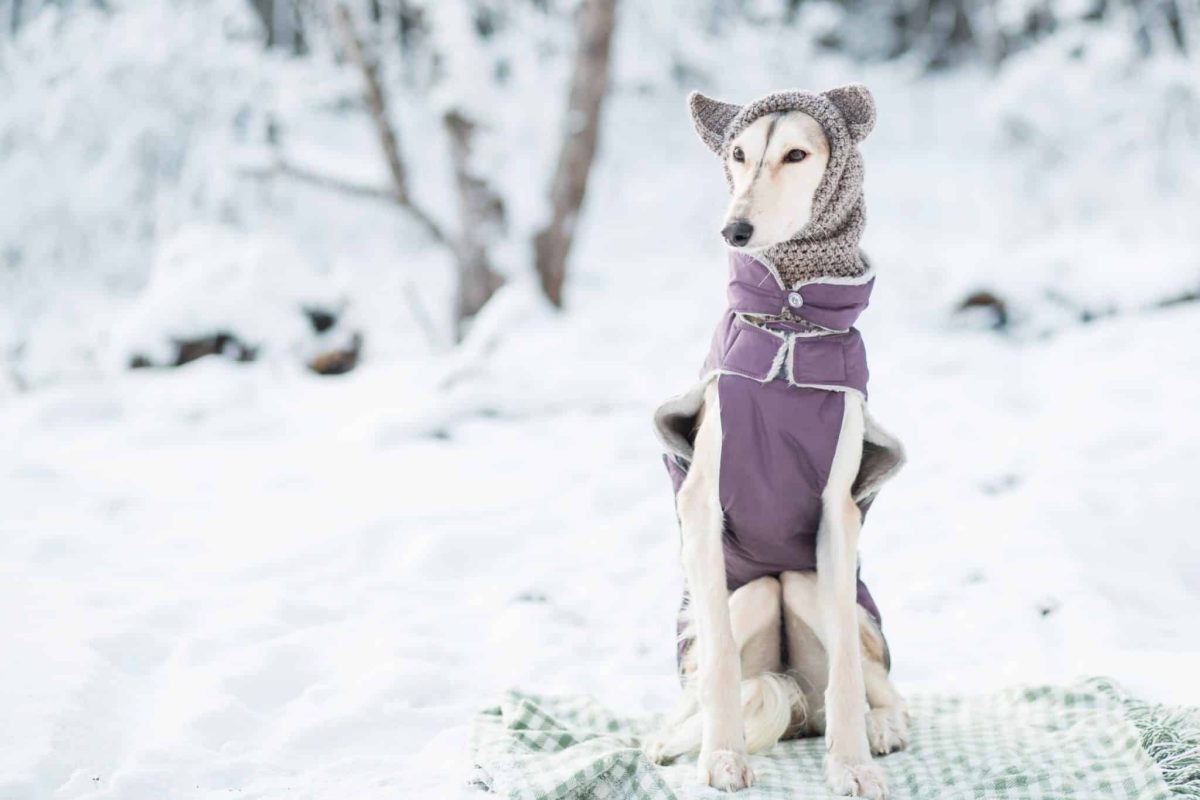


 English (US) ·
English (US) ·